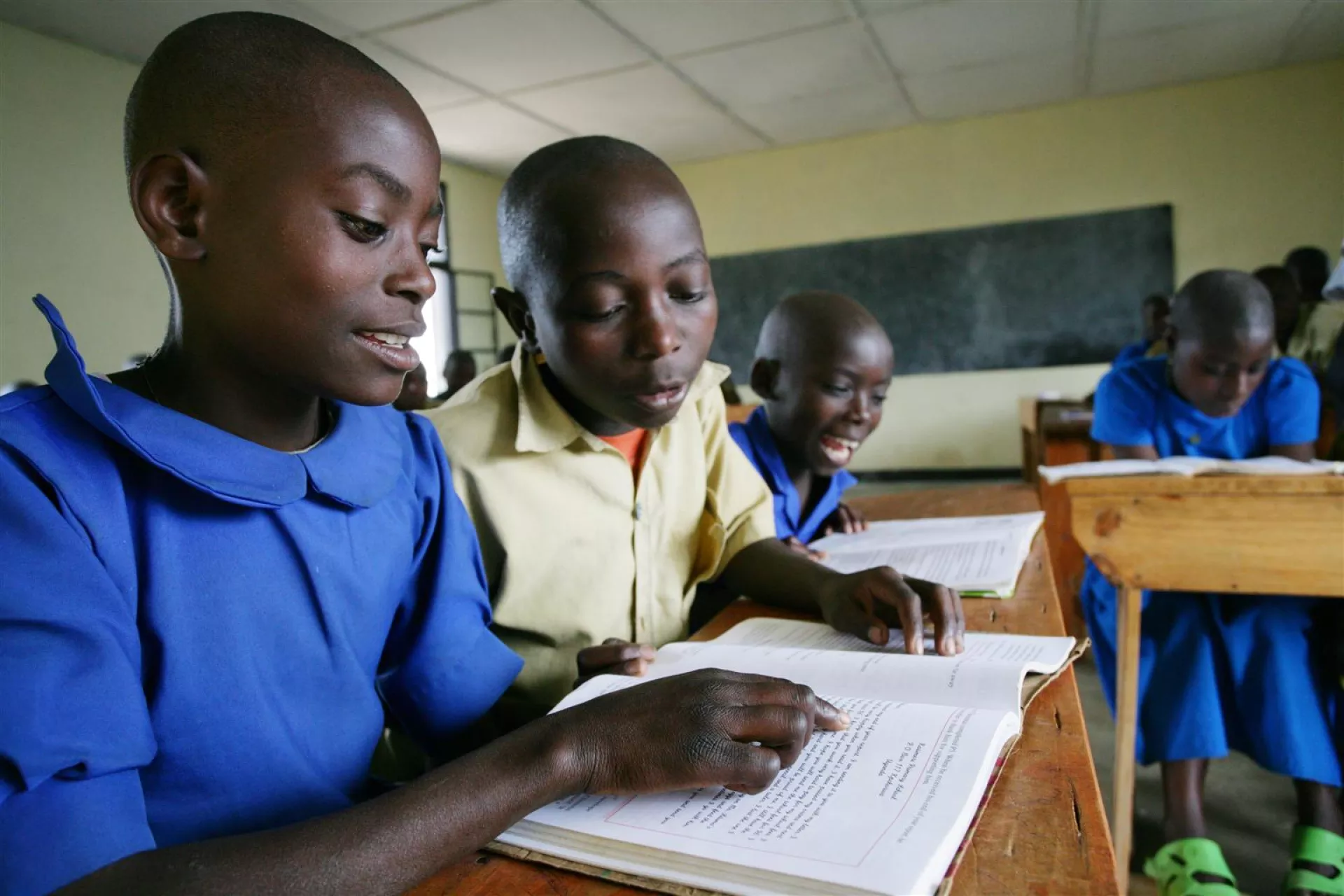Education is a key factor in shaping a nation’s progress, yet there is a stark difference between the education systems of Less Developed Countries (LDCs) and More Developed Countries (MDCs). These disparities are evident in aspects like accessibility, quality, and future prospects for students.
A major contrast lies in access to education. In MDCs, nearly all children have the opportunity to attend school from an early age. Schools are widespread, and governments often subsidize education, making it free or affordable. Conversely, in LDCs, many children miss out on schooling due to a shortage of schools, teachers, and resources. Rural families may need to travel long distances to access education, and financial constraints prevent some parents from covering costs such as tuition, uniforms, and supplies. Additionally, children in LDCs often work to support their families, leaving no time for schooling.
The quality of education also differs significantly. Schools in MDCs are equipped with skilled teachers, modern facilities, and resources like computers, textbooks, and science laboratories. Students benefit from libraries and extracurricular activities that enrich their learning experiences. In contrast, schools in LDCs often face severe shortages. Overcrowded classrooms, undertrained teachers, and a lack of basic amenities like electricity and clean water hinder effective learning. These challenges create an environment where students struggle to thrive.
Post-graduation opportunities further highlight the divide. In MDCs, education serves as a pathway to higher studies and well-paying jobs. Many students pursue college or vocational training, with ample scholarships and internships paving the way for successful careers. However, graduates in LDCs face a lack of employment opportunities. Even those who complete their education often take up low-paying or unrelated jobs due to limited career prospects in their fields.
Gender inequality is another critical issue in LDCs. While MDCs promote equal opportunities for boys and girls, LDCs frequently encounter cultural and societal barriers that hinder girls’ education. Early marriages, household responsibilities, and gender-based discrimination prevent many girls from completing school. This inequality not only restricts individual potential but also impacts the broader community’s growth.
Another contributing factor is the role of technology in education. In MDCs, schools often integrate advanced technology into the learning process. Students have access to online resources, educational software, and digital tools that enhance their understanding of complex subjects. Online learning platforms also provide flexibility for students to learn at their own pace. In LDCs, however, the digital divide is a significant obstacle. Limited access to the internet, lack of devices, and insufficient technological infrastructure prevent students and teachers from benefiting from modern educational tools. This gap further widens the disparity between the two systems.
The involvement of governments and international organizations also plays a crucial role. MDCs allocate significant portions of their budgets to education, ensuring consistent improvements in infrastructure, teacher training, and curriculum development. In contrast, many LDCs struggle with inadequate funding for education due to economic constraints. International aid programs often step in to support these countries, but the efforts are not always sufficient to address the underlying issues comprehensively. Corruption and mismanagement of funds can also hinder progress.
Cultural attitudes toward education differ as well. In MDCs, education is often seen as a fundamental right and a key to personal and societal advancement. Parents and communities place high value on schooling and encourage children to pursue higher education. In some LDCs, however, cultural norms may not prioritize formal education, especially for girls. Traditional practices and a focus on immediate economic survival can take precedence over long-term educational goals.
Environmental factors further exacerbate the challenges faced by LDCs. Natural disasters, political instability, and armed conflicts can disrupt education systems, leading to prolonged school closures and displacement of students. MDCs, with their robust systems, are better equipped to handle such disruptions through contingency plans and alternative learning methods, such as online classes.
Healthcare also indirectly affects education in LDCs. Poor healthcare systems in these countries lead to higher rates of malnutrition and illness among children, making it difficult for them to attend school regularly or focus on studies. In contrast, MDCs have better healthcare services that ensure children are healthy and ready to learn. Nutritional programs in schools further support students’ physical and mental well-being.
Another point of difference is teacher training and professional development. Teachers in MDCs often undergo rigorous training programs and have access to regular professional development opportunities. This ensures they stay updated with modern teaching methods and educational trends. On the other hand, teachers in LDCs frequently lack formal training and are often unprepared to address the diverse needs of their students. This results in a lower overall quality of education.
Community involvement also varies between MDCs and LDCs. In MDCs, parents and local communities actively participate in school activities, contributing to better educational outcomes. Parent-teacher associations and community support play a significant role in addressing challenges and improving schools. However, in LDCs, community involvement is often limited due to a lack of awareness or resources, further weakening the education system.
Language barriers can also impact education in LDCs. In some regions, the language of instruction in schools is different from the local language spoken at home. This creates additional challenges for students, who may struggle to understand lessons. MDCs, with their emphasis on inclusive education, often address such issues by providing bilingual education or language support programs.
In conclusion, education systems in MDCs are characterized by better accessibility, higher quality, and stronger career prospects compared to LDCs. Bridging this gap requires substantial investments in infrastructure, teacher training, and learning resources in LDCs. Collaborative efforts by governments, global organizations, and local communities are essential to ensure every child, regardless of their location, has access to quality education and opportunities for a brighter future. Moreover, addressing the digital divide, promoting gender equality, and fostering a culture that values education are critical steps in leveling the playing field. Additionally, tackling healthcare issues, enhancing teacher training, and increasing community involvement are vital to creating a sustainable and effective education system in LDCs. Only through these combined efforts can we hope to create a world where education truly becomes a universal right and a pathway to progress for all.














Post Comment